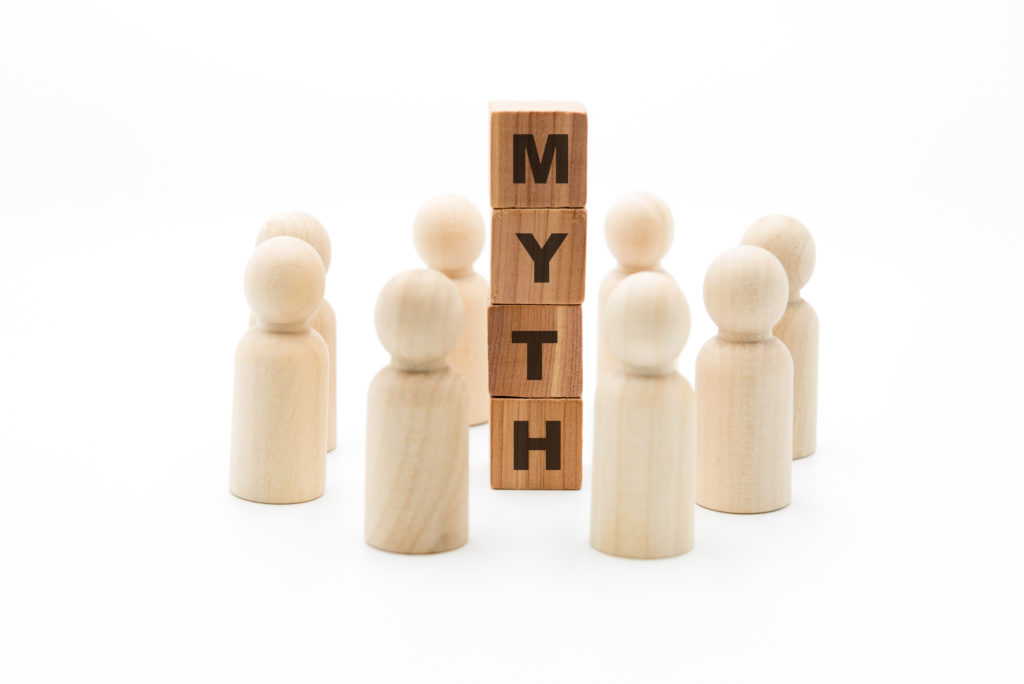If you’ve ever purchased a home, you might think you’re something of an expert at figuring out how mortgages work. But you’re probably wrong. In terms of financing, there are several misconceptions that you might not be aware of that could hinder your ability to find the right home. Here, Realtor.com debunks four of the most egregious.
1. You need to make a 20-percent down payment
While a 20-percent down payment on a home is ideal, that doesn’t mean you must put down 20 percent down. Plenty of loan programs accept far less. For example, loans from the Federal Housing Administration allow borrowers to obtain a mortgage with a down payment as low as 3.5 percent, as long as their credit score is 580 or higher. (People with credit scores between 500 and 579 still are eligible, but must make down payments of at least 10 percent.)
The catch? If you put down any less than 20 percent on a conventional loan, you’ll have to pay private mortgage insurance, which is an extra monthly fee paid to mitigate the risk that you might default on your loan. And PMI can be pricey, amounting to about 1 percent of your entire loan—or $1,000 per year per $100,000.
2. The best mortgage is one with the lowest interest rate
Keep in mind: Just because you’re offered the least expensive price, that doesn’t necessarily mean it’s the best option. While your interest rate is important because it will affect the size of your monthly payments, there are other fees that can vary wildly from offer to offer. For instance, there’s an origination fee to cover the processing and paperwork of the loan, which can vary from 0.5 percent to 1.5 percent of your loan. To make sure you’re getting the best bargain, ask about the interest rate, as well as a breakdown of your costs.
3. Pre-qualification and pre-approval are essentially the same
Pre-qualification is basically having a conversation with a lender, while a pre-approval entails the lender gathering all of the necessary documentation—your tax returns, bank statements, pay stubs and more—and then packaging the loan and submitting the file to an underwriter for review. The loan still needs to go through formal underwriting when you go to purchase a property, but the lender will give you a letter stating you’ve been pre-approved for a certain amount. With that letter in hand, you’ll be in prime position to make an offer when you find your dream home.
4. An adjustable-rate mortgage is only for risk takers
ARMs kind of got a bad rap after the financial crisis, because they offer a lower interest rate for a fixed initial period (typically five years), but then the rate is subject to change based on market conditions—and could increase considerably. This is how thousands of homeowners ended up unable to pay their loans, so it’s understandable plenty of potential homeowners are now gun-shy. But an ARM may be a viable option.
It can contain post-crisis safeguards, based on your unique circumstances. For instance, if you’re planning to move within five years, then you’re a great candidate because an ARM’’s rate won’t even start adjusting until you’re gone. In that time, you’ll save a ton on interest, because ARM interest rates typically are lower than that of fixed-rate mortgages. This translates to lower monthly mortgage payments, and of course, more money in your pocket.



